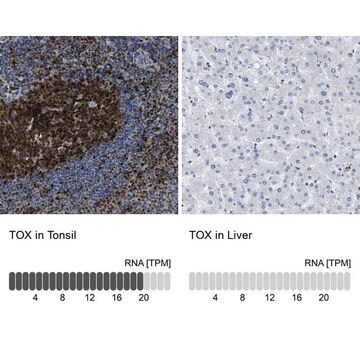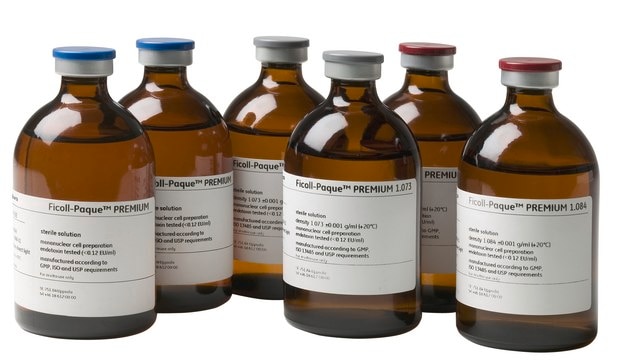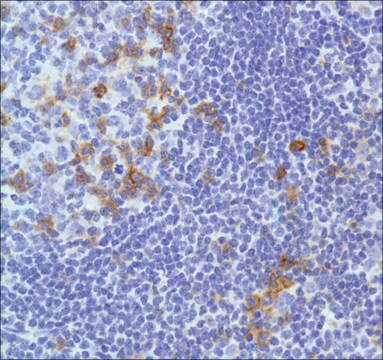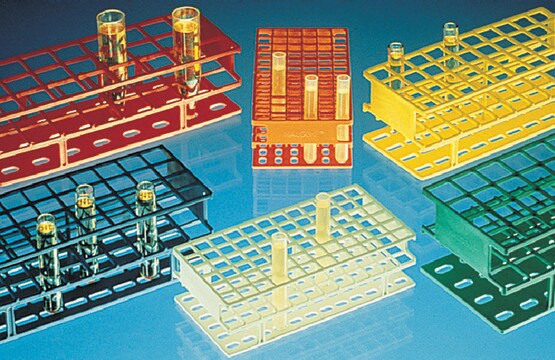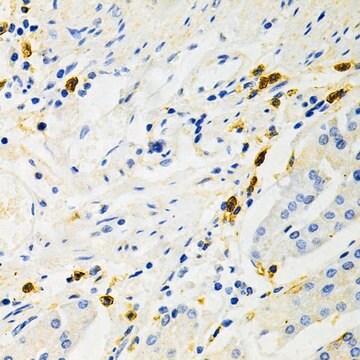MABF977
Anti-ICOS/CD278 Antibody, clone C398.4A
clone C398.4A, from hamster(Armenian)
Sinônimo(s):
Inducible T-cell costimulator, Activation-inducible lymphocyte immunomediatory molecule, CCLP, CD278, CD28 and CTLA-4-like protein, CD28-related protein 1, CRP-1, H4
About This Item
Produtos recomendados
fonte biológica
hamster (Armenian)
Nível de qualidade
forma do anticorpo
purified immunoglobulin
tipo de produto de anticorpo
primary antibodies
clone
C398.4A, monoclonal
reatividade de espécies
mouse, human
reatividade da espécie (prevista por homologia)
rhesus macaque (based on 100% sequence homology)
técnica(s)
flow cytometry: suitable
immunocytochemistry: suitable
immunohistochemistry: suitable
immunoprecipitation (IP): suitable
Isotipo
IgG
nº de adesão NCBI
nº de adesão UniProt
Condições de expedição
ambient
modificação pós-traducional do alvo
unmodified
Informações sobre genes
human ... ICOS(29851)
mouse ... Icos(54167)
Descrição geral
Especificidade
Imunogênio
Aplicação
Flow Cytometry Analysis: A representative lot detected the surface expression of exogenously transfected human ICOS on the surface of murine L cell fibroblasts. Clone C398.4A and another ICOS mAb (clone F44) competed against each other for the the suface staining of PHA-activated human peripheral blood T-cells (Buonfiglio, D., et al. (2000). Eur. J. Immunol. 30(12):3463-3467).
Flow Cytometry Analysis: A representative lot detected a greatly enhanced ICOS/CD278- (hpH4; human putative mouse H4 homolog) positive cell population among isolated human PBMCs following PHA stimulation (Buonfiglio, D., et al. (1999). Eur. J. Immunol. 29(9):2863-2874).
Flow Cytometry Analysis: A representative lot immunostained D10.G4.1 murine TH2 cells as well as activated, but not resting, T and B cells freshly isolated from mouse spleen (Redoglia, V., et al. (1996). Eur. J. Immunol. 26(11):2781-2789).
Immunocytochemistry Analysis: A representative lot immunostained H4 (ICOS/CD278) immunoreactivity co-capped with that of TCR mAb 3D3 on the surface of D10.G4.1 murine TH2 cells by immunofluorescence microscopy (Redoglia, V., et al. (1996). Eur. J. Immunol. 26(11):2781-2789).
Immunohistochemistry Analysis: A representative lot immunostained the membrane of hpH4- (ICOS/CD278) positive lymphocytes in acetone-fixed frozen human reactive lymph node sections, while most neoplastic cells showed cytoplasmic hpH4 staining in frozen PTCL-U (peripheral T cell lymphoma, unspecified) and angioimmunoblastic T cell lymphoma sections (Buonfiglio, D., et al. (1999). Eur. J. Immunol. 29(9):2863-2874).
Immunoprecipitation Analysis: A representative lot immunoprecipitated and depleted ICOS from human T-cell lymphoma HuT 78 cell lysates (Buonfiglio, D., et al. (2000). Eur. J. Immunol. 30(12):3463-3467).
Immunoprecipitation Analysis: A representative lot immunoprecipitated H4 (ICOS/CD278) from PHA-activiated human peripheral blood (PB) T cells in a ~55-70 kDa glycosylated dimeric form (Buonfiglio, D., et al. (1999). Eur. J. Immunol. 29(9):2863-2874).
Immunoprecipitation Analysis: A representative lot immunoprecipitated H4 (ICOS/CD278) from D10.G4.1 murine TH2 cells in a glycosylated dimeric form (Redoglia, V., et al. (1996). Eur. J. Immunol. 26(11):2781-2789).
Inflammation & Immunology
Qualidade
Flow Cytometry Analysis: 0.1 µg of this antibody detected ICOS/CD278 immunoreactivity on the surface of PHA-activated (5 µg/mL at 37°C for 72 hours) human PBMCs.
Descrição-alvo
forma física
Armazenamento e estabilidade
Handling Recommendations: Upon receipt and prior to removing the cap, centrifuge the vial and gently mix the solution. Aliquot into microcentrifuge tubes and store at -20°C. Avoid repeated freeze/thaw cycles, which may damage IgG and affect product performance.
Outras notas
Exoneração de responsabilidade
Não está encontrando o produto certo?
Experimente o nosso Ferramenta de seleção de produtos.
Código de classe de armazenamento
12 - Non Combustible Liquids
Classe de risco de água (WGK)
WGK 2
Ponto de fulgor (°F)
Not applicable
Ponto de fulgor (°C)
Not applicable
Certificados de análise (COA)
Busque Certificados de análise (COA) digitando o Número do Lote do produto. Os números de lote e remessa podem ser encontrados no rótulo de um produto após a palavra “Lot” ou “Batch”.
Já possui este produto?
Encontre a documentação dos produtos que você adquiriu recentemente na biblioteca de documentos.
Nossa equipe de cientistas tem experiência em todas as áreas de pesquisa, incluindo Life Sciences, ciência de materiais, síntese química, cromatografia, química analítica e muitas outras.
Entre em contato com a assistência técnica